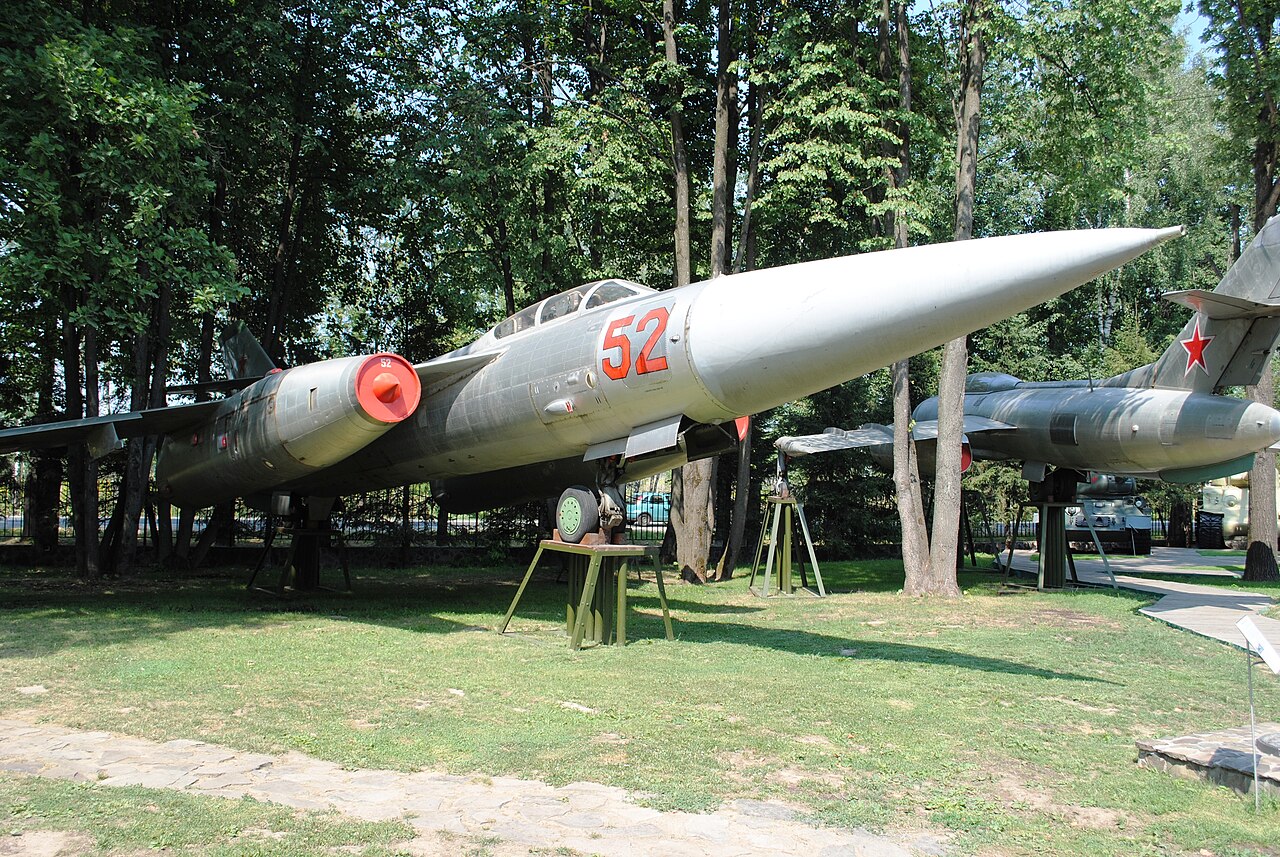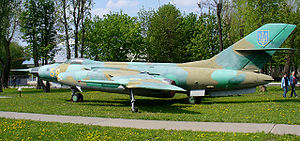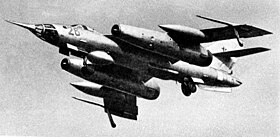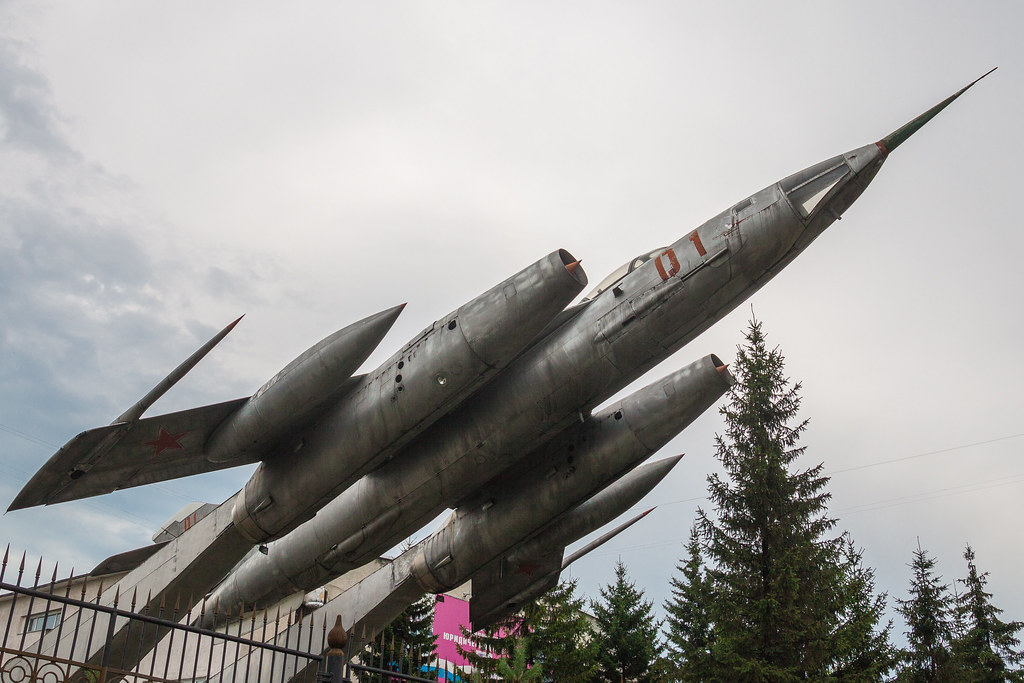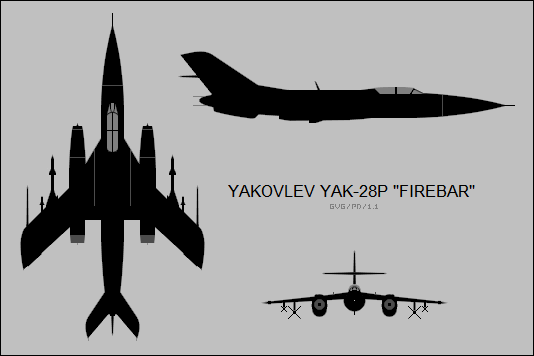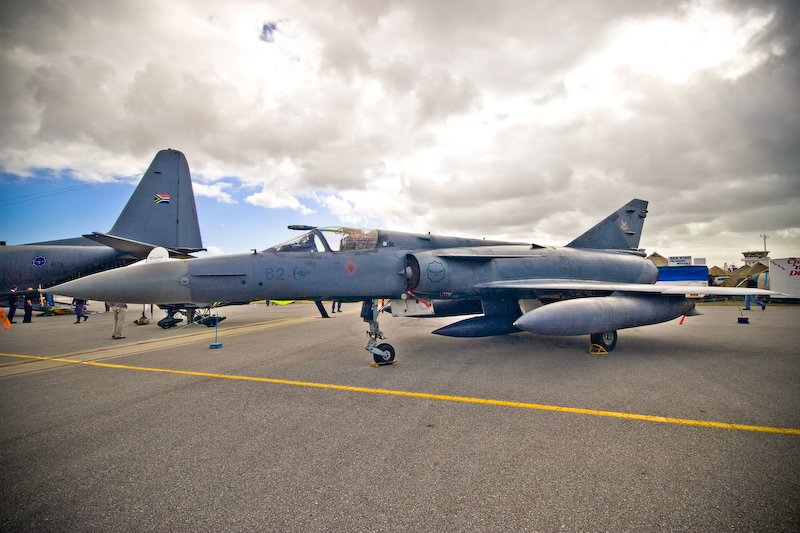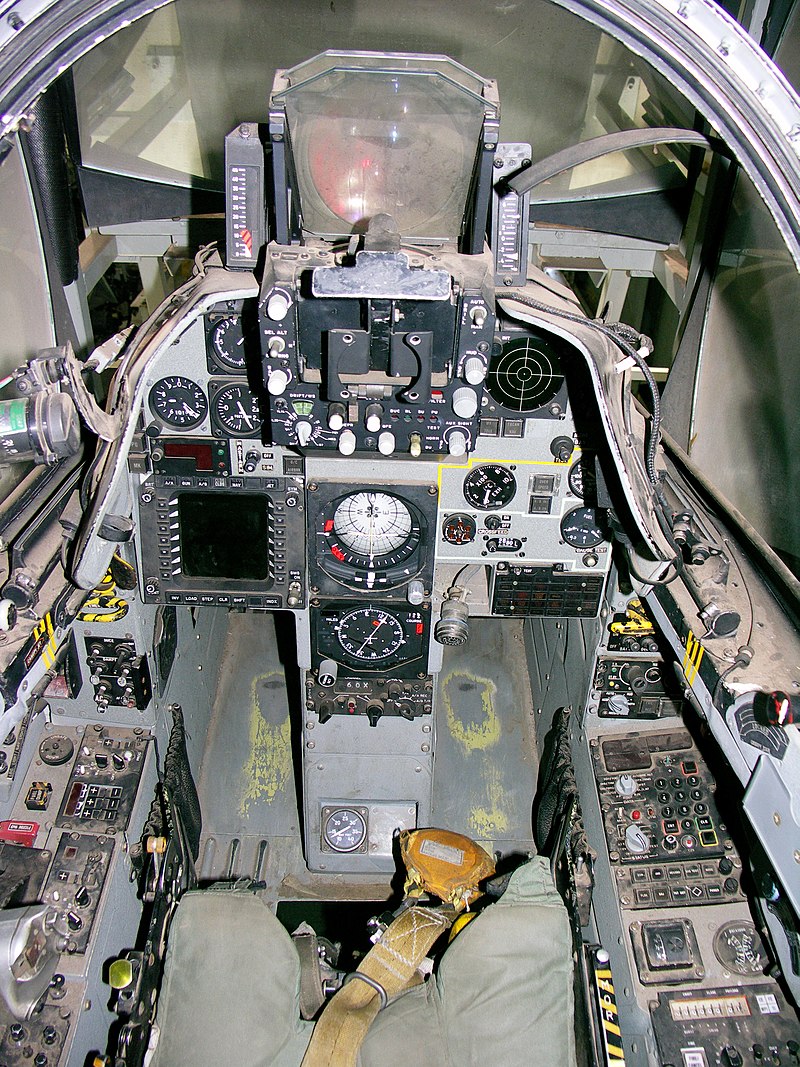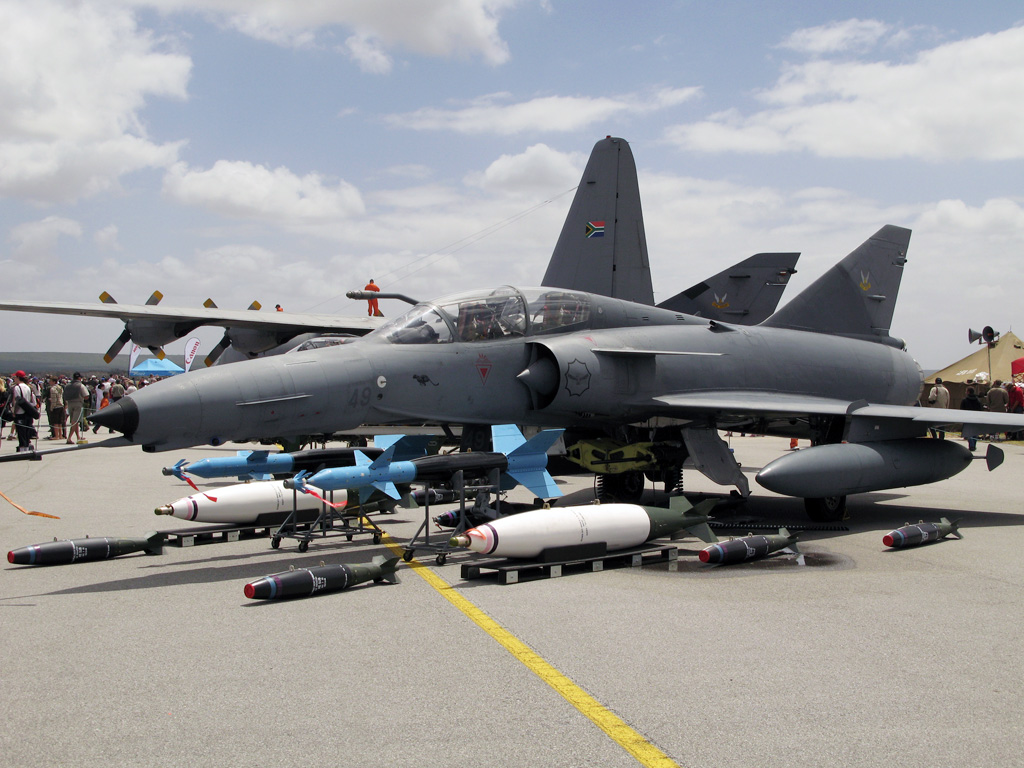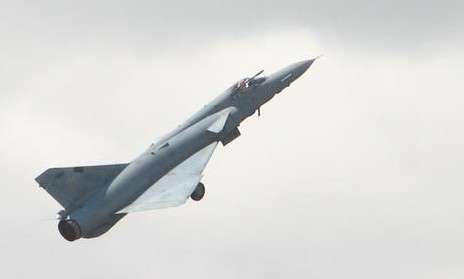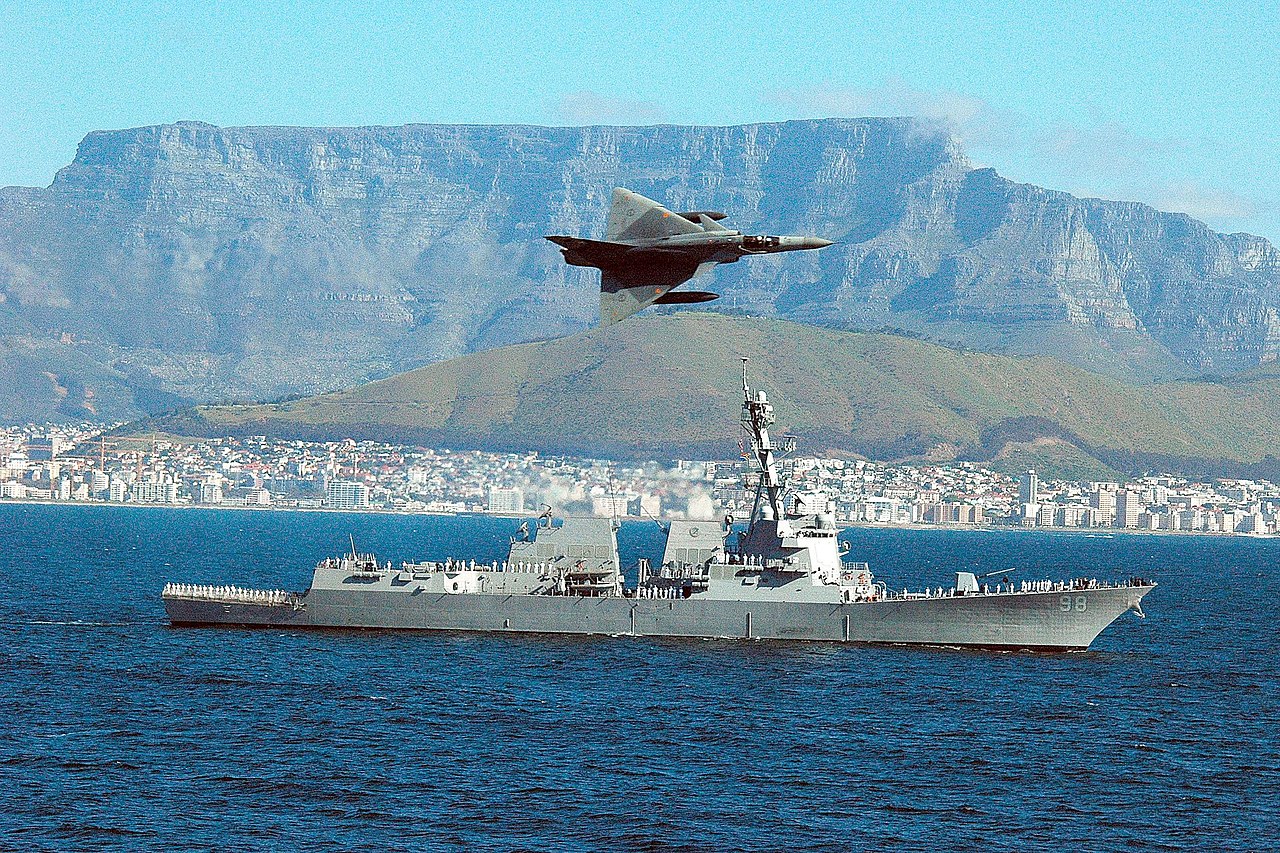I'd like to show you one of my typical flights with the Avro RJ. I made some mistakes, but also went for some unusual things and procedures (You'll find out).
The Flight
In general, this was a rather short flight. I checked the flight plan at one of my favourite flightsim sites-rfinder. I was cruising at FL190. The flight heads north to the waypoint LANUX. I get to this waypoint by the LANUX5D departure. Then I fly to the DESSNA VOR (there's also an NDB, If I recall) and then to VLASIM VOR. I was cruising at FL190. I actually don't remember which SID I chose, probably VLASIM2Z. Then, an ILS landing (runway 24).
I'm not using any scenery. The repaint of the Avro RJ100 can be downloaded from Flight1 File Library. It's made by Andreas Hempel. Other than that, I also use repaints from Avsim made by Sebastian Szucs and liveries from the Qualitywings library.
Takeoff
I'm sitting on the runway (that's when I decided to take pictures of the flight no taxi and startup, sorry). Flaps and trim (-3.5 to -4.0) are set properly.The FMC is set up, the MCP as well. In general, I'm ready for take off from runway 34. I'm going to use the LANUX5D departure.
Looking good from the outside.
The departure was smooth, though the plane seemed to fly a little bit slow and heavy, on the other hand, that's how the Avro RJ flies. I was rather reluctant to engage the autopilot at that height, as VNAV sometimes does weird things when flying a little bit slower than it should.
Departure
We continue our departure Now at a Flight Level as the transition altitude in Austria (and The Czech Republic) is 5 000 ft. I'm still not on VNAV. This time, again, I'll have to wine about VNAV. It sometimes is very inaccurate. VNAV sometimes climbs to the desired altitude to early, sometimes being to early by something like 8-12 nm. But nonetheless, on later parts of the climb and early descent, I use VNAV.
Still Climbing.....
Now, I've tuned in on the ILS frequency. The frequency didn't show up in the FMC after programming the arrival, but when I chose a transition, it did. I'm not a fan of using transitions. I don't usually fly ILS approaches or use transitions. I prefer VOR approaches or manual approaches. But nonetheless, I prefer ILS from RNAV approaches.
A wing-engine view that you would get from the Avro RJ100 business class.
Cruise
According to the FMC we should have been here a little bit lower, but it's no real issue.
Looking good from the outside, nothing to worry about.
I added another waypoint, at the end of the ILS approach (L NDB), so that If I don't intercept the localizer and can't make an ILS approach, I'll (at least) have some sort of reference.
Descent/Arrival
I have made an error, trying to delete one of the transitions, as it made my route down to the airport longer. Accidentally, it deleted my entire route apart from the L NDB. Luckily, I have put a 12 nm fix around the L NDB, so I had some sort of reference. I had to make my descent rather rapid, but the Avro RJ is capable of a rapid decent, due to it's large speedbrake. Oh yeah, that's one big speedbrake :)
I'm intercepting the localizer. I'm going a little bit to fast, but with this plane it's no big deal to slow down nicely. The DME shows that we are 12.7 nm from the airport, so things are looking good at this point we don't have to hurry.
Landing
I take out the autopilot, as we are pretty close to the airport. I also disengaged autothrottle (some people would still leave it on), but I can safely control the speed my bare hands. I don't know why, but the plane veered to the left a little bit.
It's a nice touchdown, close to the centreline. The nose is a little to high for an RJ, but nonetheless it's not a big problem.
I forgot to take any pictures of the taxi procedure. I'm sorry I was in sort of a rush.
Shutdown. I have opened and put on all of the entries and chocks apart from the airstair, which the real airplane doesn't have.
Please give a +1, comment and share. This is a very big motivation to me. Thank you!


